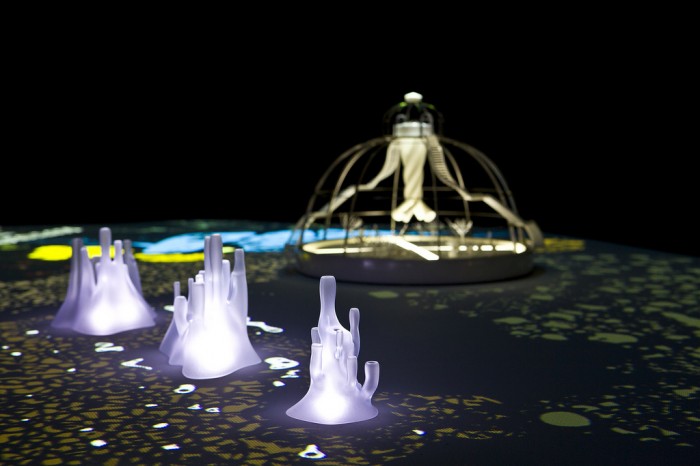A theoretical approach
for designing
a controllable
synthetic circuit
has been proposed
and could be applied
in similar situations.
The principal idea
is to incorporate
an outer feedback loop
around
the synthetic construct,
such that the organism
cannot be sustained
without an external
control signal:
a given nutrient
or a light source.
This type of approach
guarantees that the
engineered organism
cannot survive
unaided
in the environment
and will eventually
die off
when the control signal
is no longer applied.
However,
the predictability
of evolution
and adaptation
of synthetic organisms
is limited.
Indeed,
population-level
dynamical adaptation,
noise during gene expression
and continuing reproduction
need to be taken
into account
both at the design stage
and as part of the
experimental verification.

(Source)